Dorothy Vaughan was a mathematician, and NASA’s first black manager.
Rarely seen as the face of a space programme, Vaughan’s contributions were vast. As well as being the first African-American to receive a promotion at NASA, she was an expert in FORTRAN – a frontrunner of electronic computer programming.
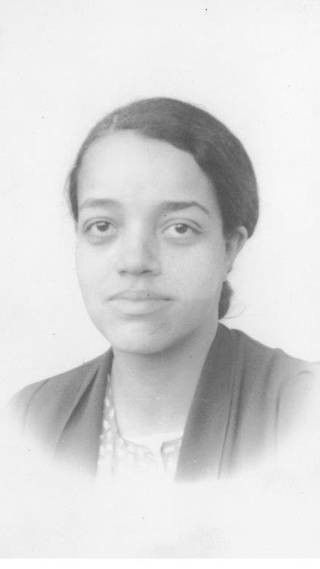
Dorothy Vaughan was born on 20 September 1910 in Kansas City, Missouri. Showing keen intellect from an early age, Vaughan was awarded a full-tuition scholarship to attend Wilberforce University in Ohio.
After graduating, Vaughan worked as a maths teacher for 14 years before joining fellow African-American female mathematicians at the West Area Computing Unit in 1943. The unit was situated in NASA’s predecessor NACA (National Advisory Committee for Aeronautics’), in Langley Memorial Aeronautical Laboratory.

As men were drafted into the Second World War, a gap emerged in the workforce. President Roosevelt signed two executive orders to alleviate racial, religious, and ethnic discrimination within the defense sector. As these new opportunities emerged, Vaughan’s expertise was quickly recognised, and she joined a team of black women in NACA’s West Area Computing Unit.
Yet despite this victory, Jim Crow laws meant the West Area Computing Unit was a segregated facility, and the women were required to use separate bathrooms and dining facilities from their white colleagues. Jim Crow was the name of the racial caste system which enforced segregation on a local and state basis, the derogatory term was named after a fictional character of a black slave ‘Jim Crow’, performed by a white actor Thomas Dartmouth Rice in 1828.
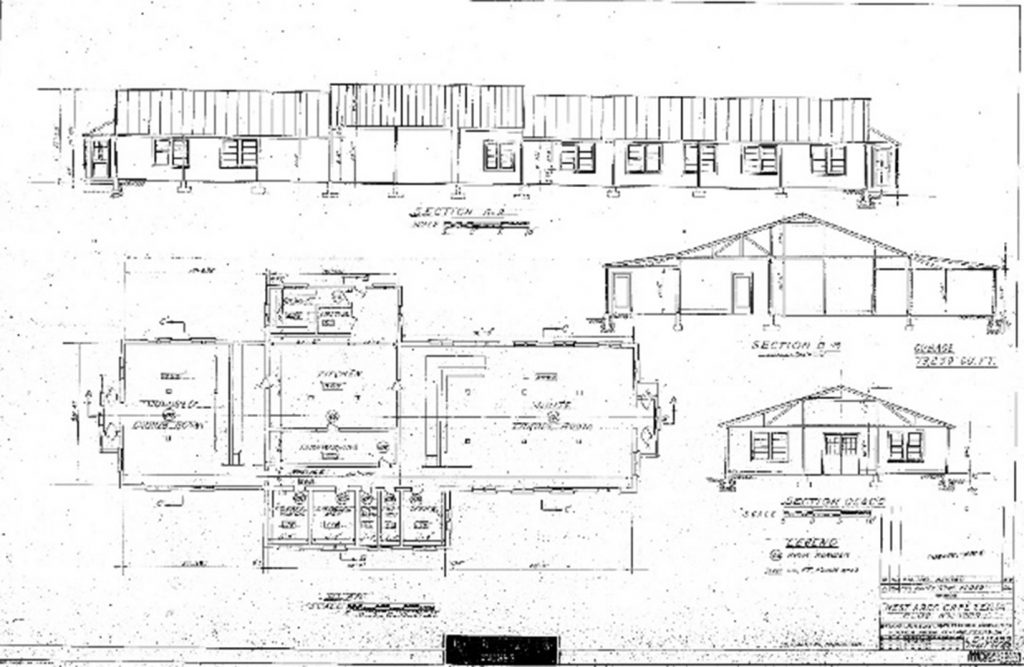
These women, known as ‘human computers’, produced complex mathematical calculations by hand, using simple slide rules and graph paper. Most crucially, their work involved calculating wind-tunnel and flight data, key parameters to analyse the flight characteristics of aircraft.
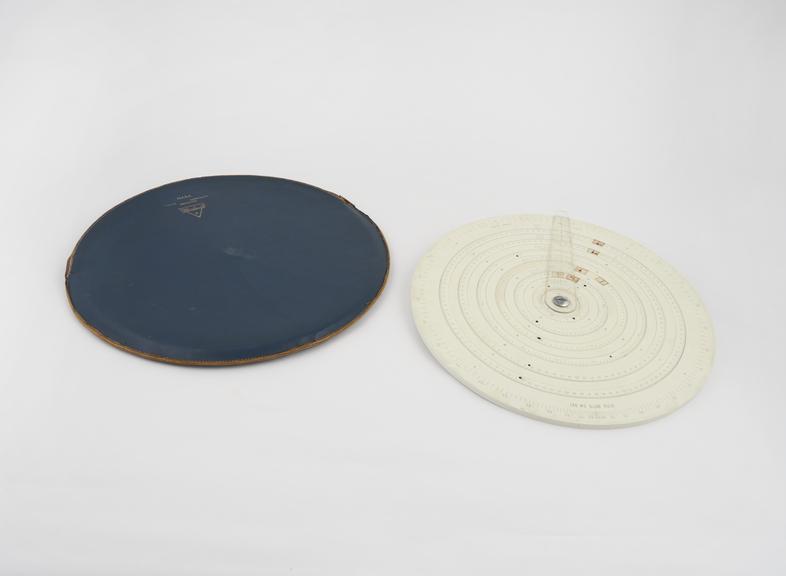
Image credit: Science Museum Group
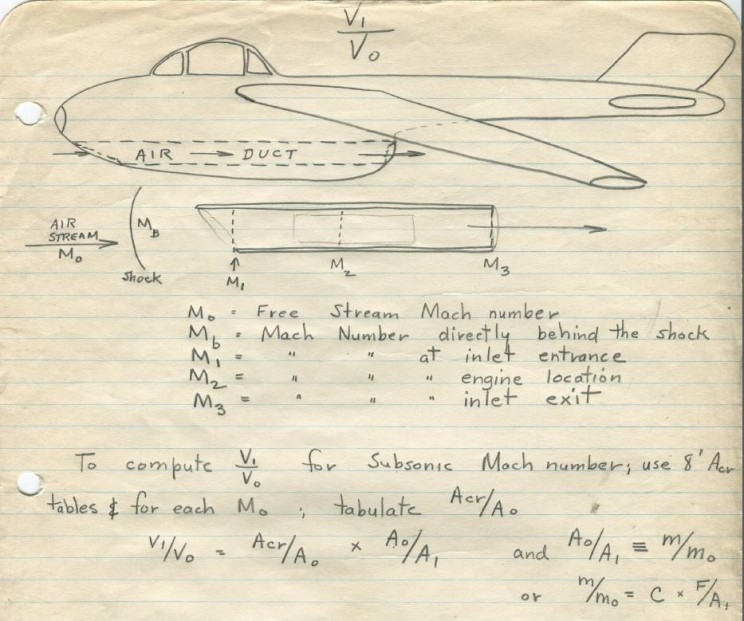
Despite it taking two years for Dorothy Vaughan’s position to be made permanent, she remained at what is now known as NASA for 28 years, contributing to the major space feats which helped the US to keep pace with the Soviet Union, and ultimately win the space race to the Moon.
Progressing from pen and paper, and in anticipation of a digital transformation, in 1958 Vaughan joined the new Analysis and Computation Division, a gender and racially diverse group on the frontier of electronic computing.
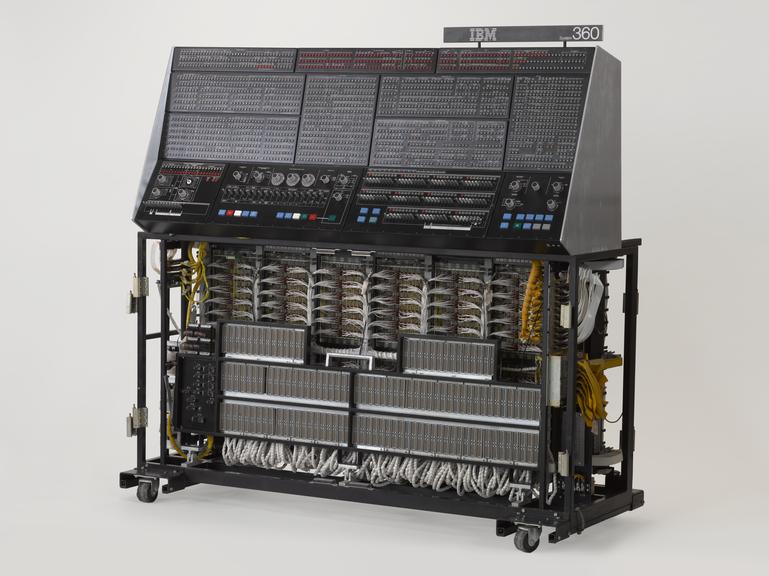
Teaching herself FORTRAN, an early computer programming language, Vaughan was so quick to master the software that she progressed to teach it to many of her colleagues on the unit. Through this teaching, Vaughan created a valuable workforce of African-American women who could continue to contribute to the space programme making milestones, such as the Scout Launch Vehicle that sent some of America’s first satellites into space, possible.
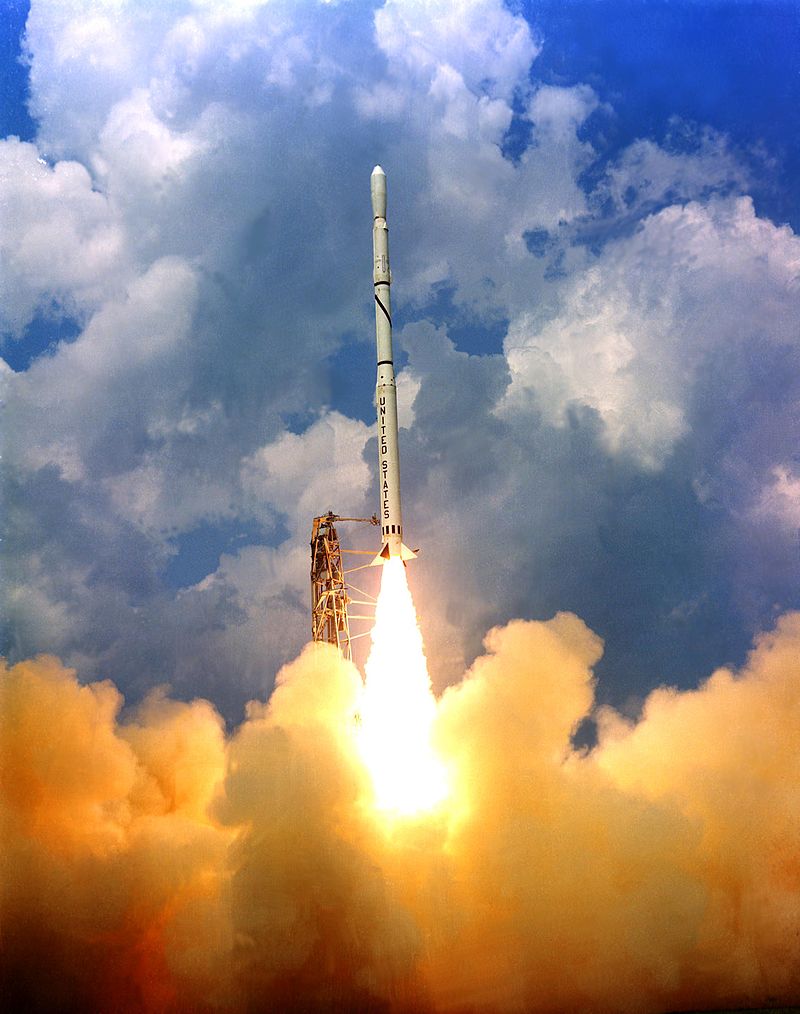
Despite being unheralded at the time, Vaughan’s trailblazing career has only recently been widely acknowledged. Hollywood’s 2016 film ‘Hidden Figures’ based on Margot Lee Shetterly’s non-fiction book, showcases the careers and contributions of NASA employees Katherine Johnson, Mary Winston Jackson, and Dorothy Vaughan.
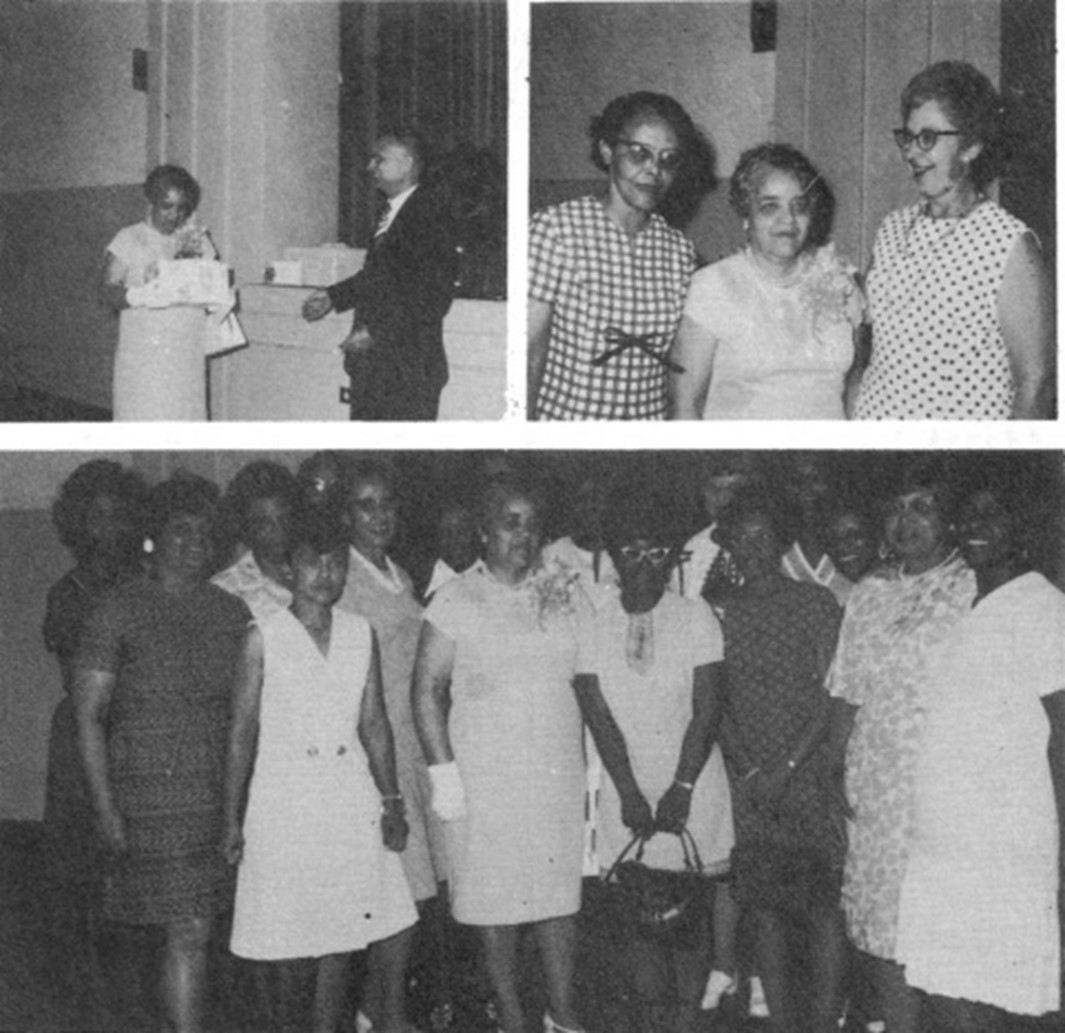
In a 1994 interview, when asked about her time at Langley, Vaughan said, “I changed what I could, and what I couldn’t, I endured.” A career tainted by discrimination, her story showcases strength and perseverance at its best.
One comment on “Dorothy Vaughan: NASA’s overlooked star”
Comments are closed.
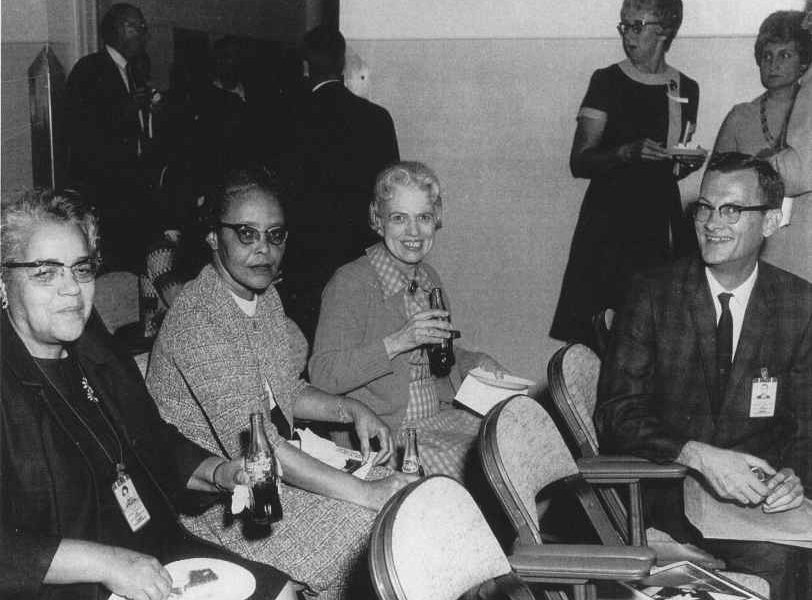
Amazing read. So informative-what an incredible person!!